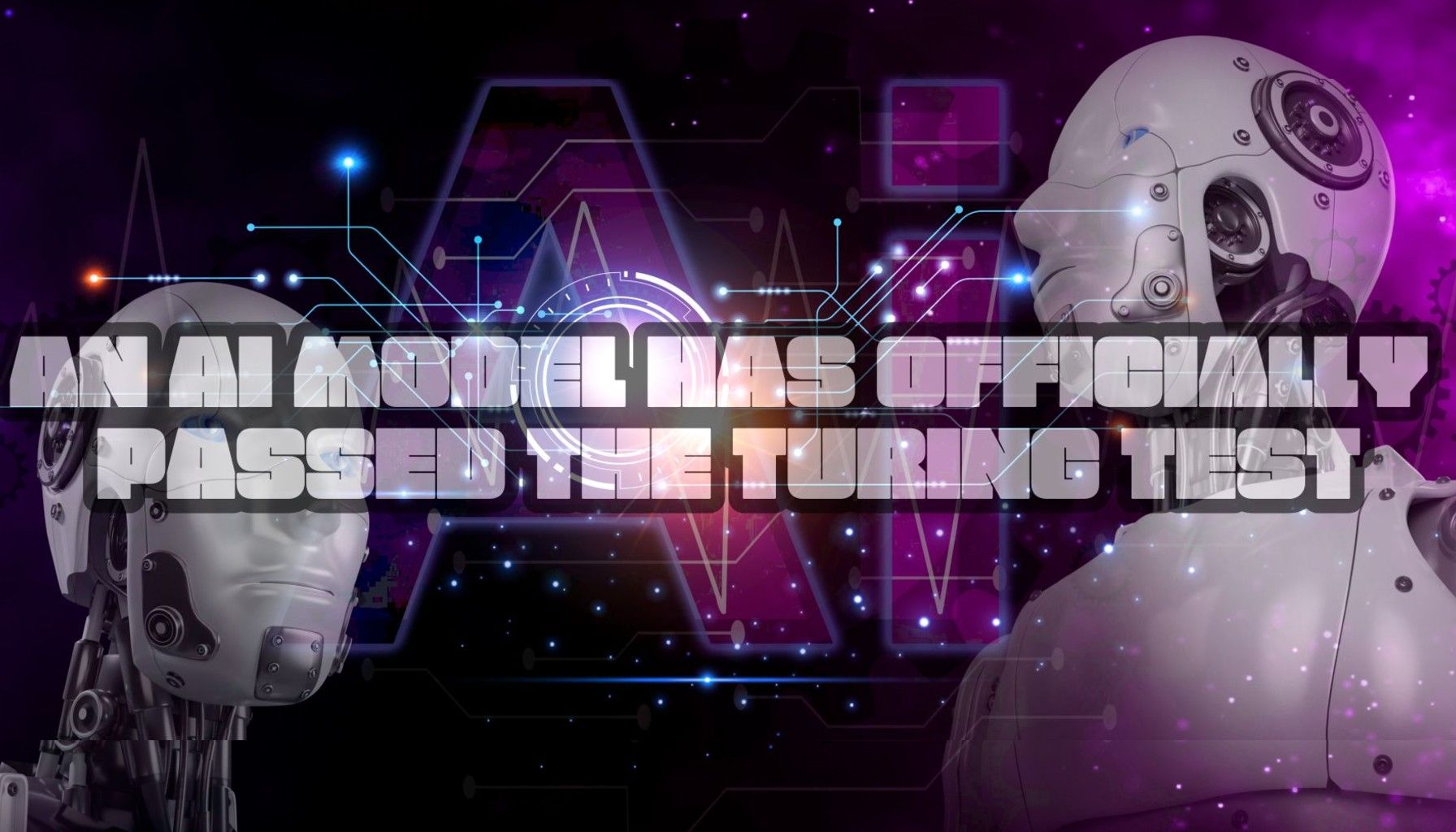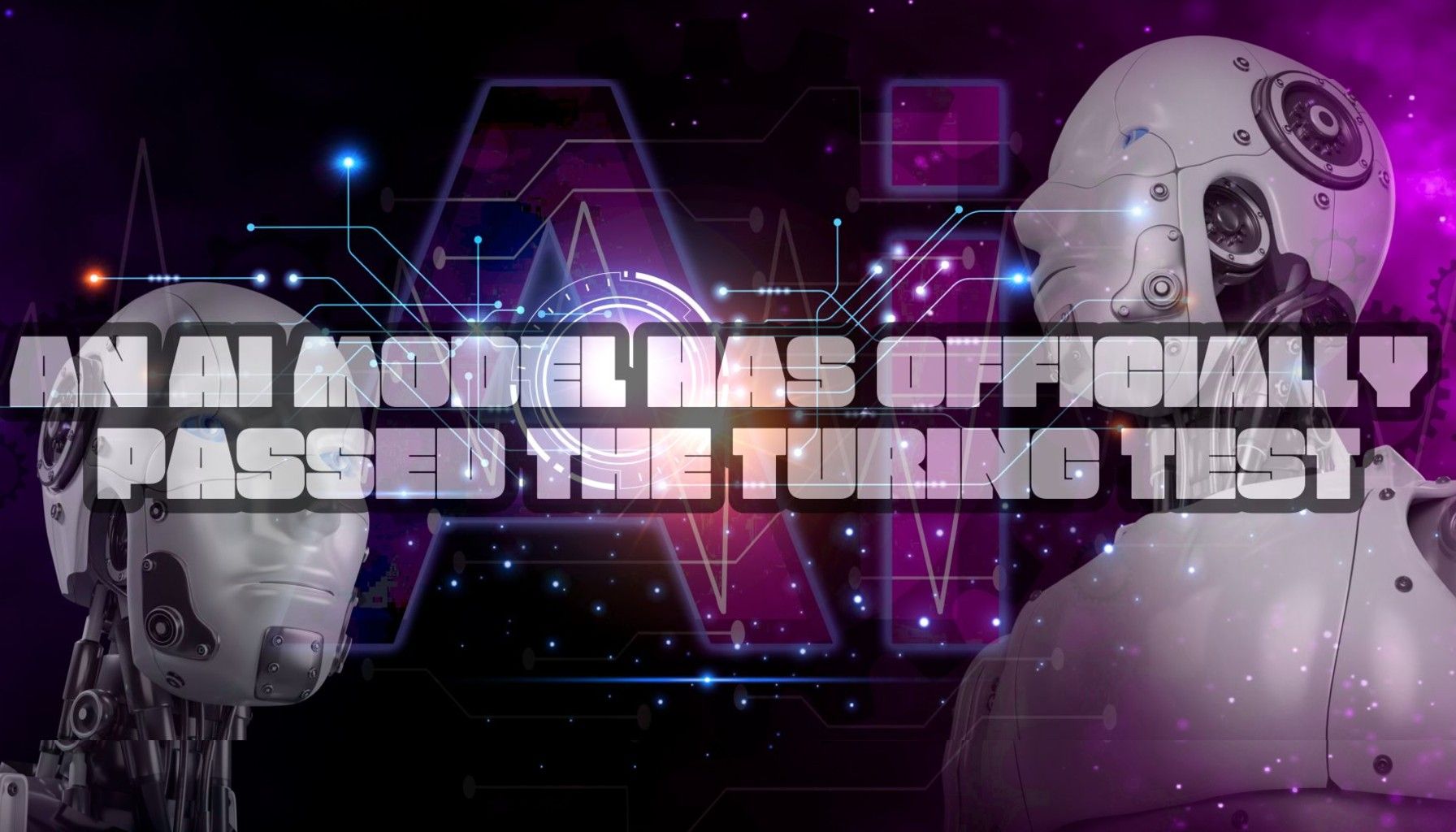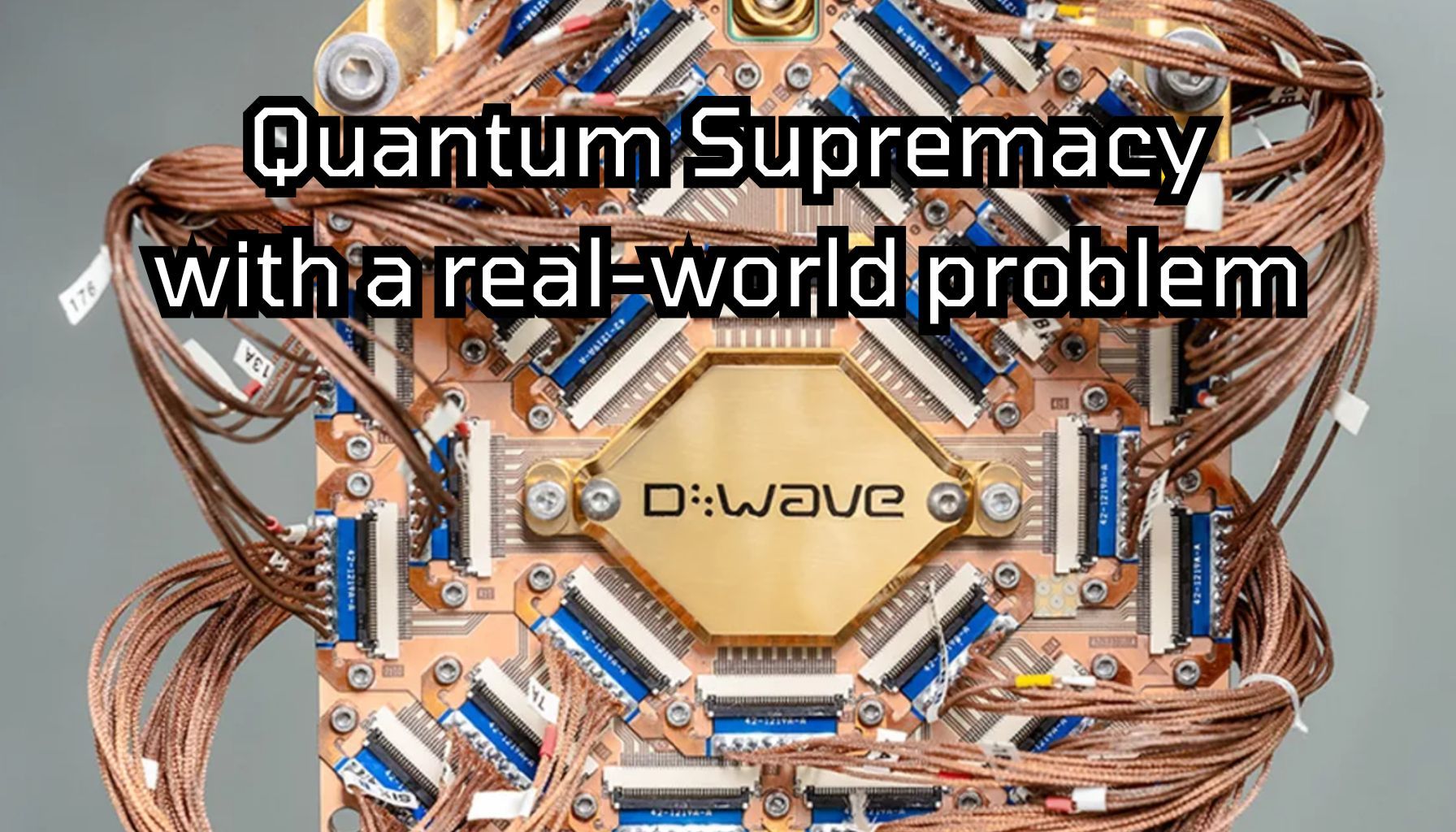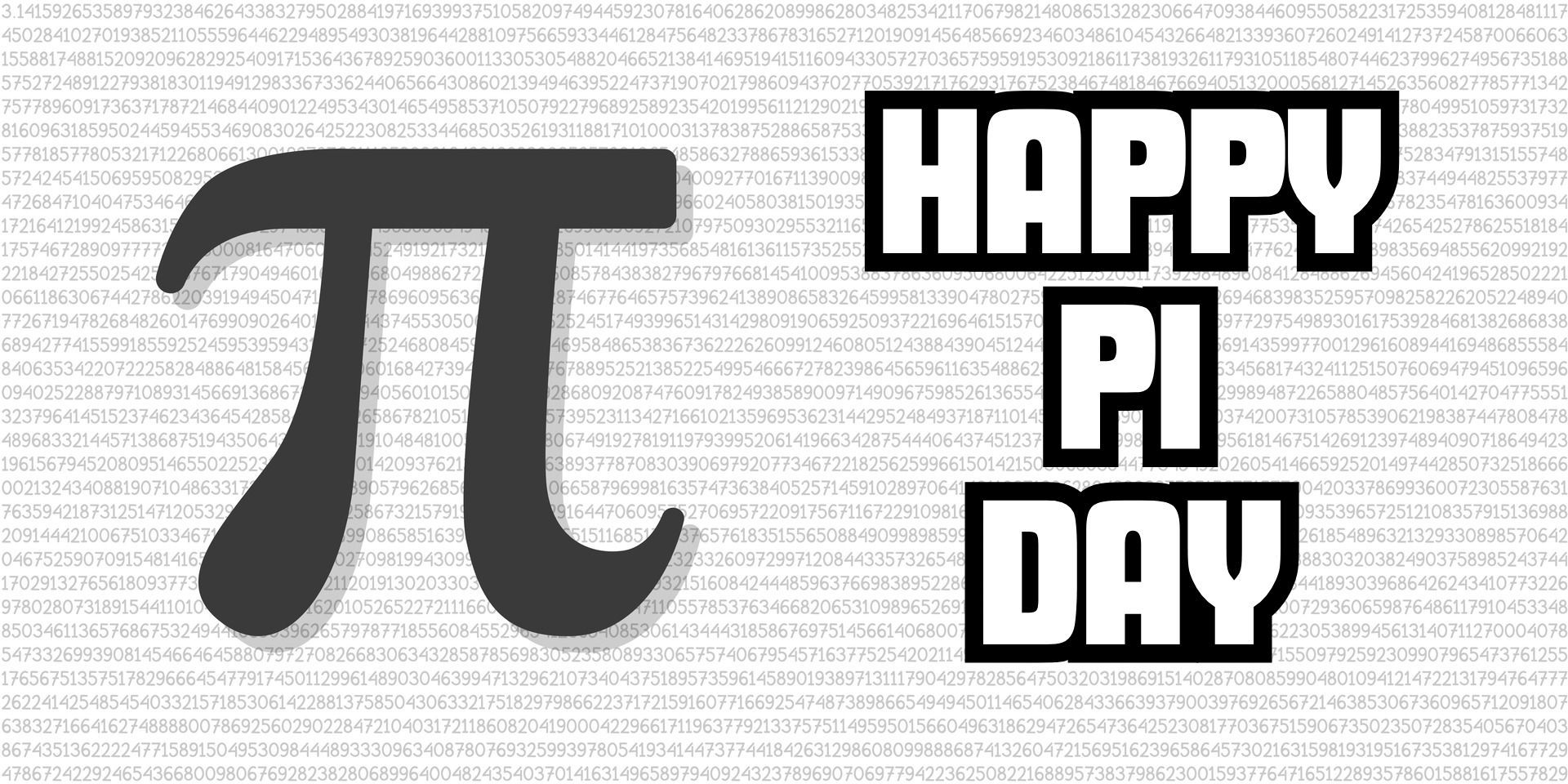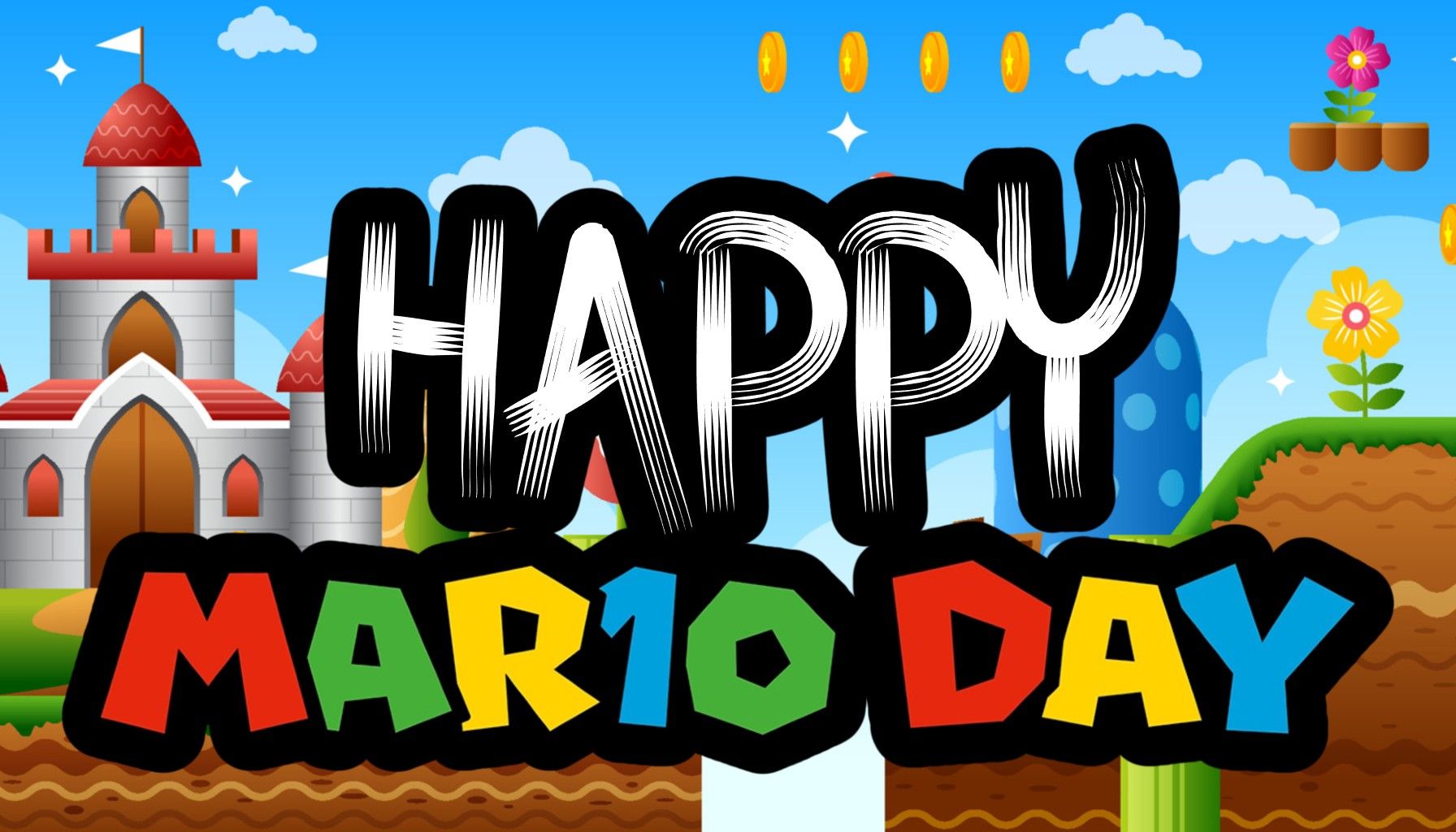Did an AI Finally Pass the Turing Test? Here’s What It Means
In the world of artificial intelligence, the idea of “passing the Turing Test” is a legend. Alan Turing—often called the father of computer science—came up with this challenge in 1950. Essentially, it asks: if you had a text-based conversation with an AI and couldn’t tell it was a machine, would that mean the AI is truly intelligent?
Recently, an AI model made headlines for allegedly clearing this decades-old test. According to reports, it fooled enough people into thinking its responses were human. For some, this achievement signals a new era of AI sophistication. But is it all that straightforward?
Critics caution that the Turing Test alone isn’t enough to measure genuine understanding or consciousness. After all, AI systems can be incredibly good at simulating conversation without actually “knowing” what they’re talking about. In other words, they can juggle words and phrases so convincingly that people mistake it for real comprehension.
Still, this development is a fascinating reminder of how far AI has come. Whether or not we consider a Turing Test “pass” to be the ultimate yardstick, machine learning models are clearly evolving quickly. As they do, the conversation shifts from “Can AI fool us?” to “How should we use AI responsibly?”
So, even if the Turing Test might be old-school, it’s sparked a vital discussion: yes, AI is getting smarter, but we need more innovative ways of measuring—and guiding—its progress.
For further reading, check out Futurism's article: https://futurism.com/ai-model-turing-test











